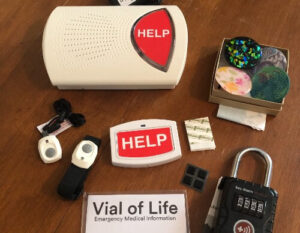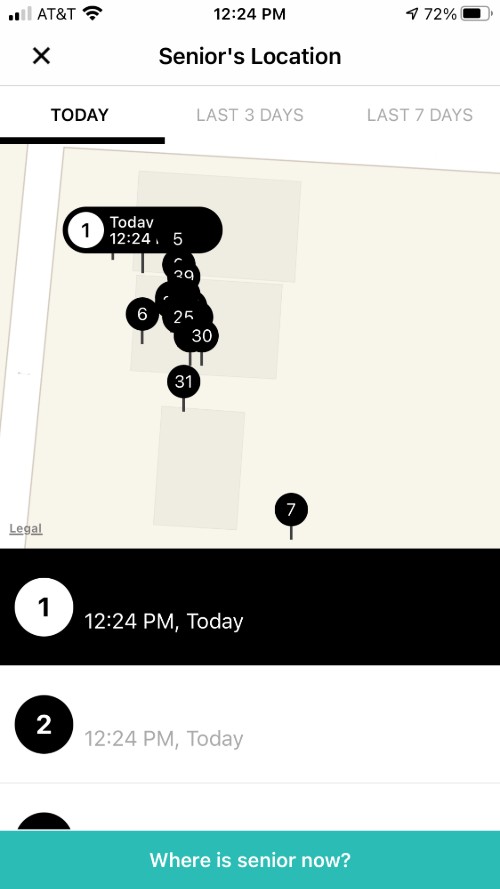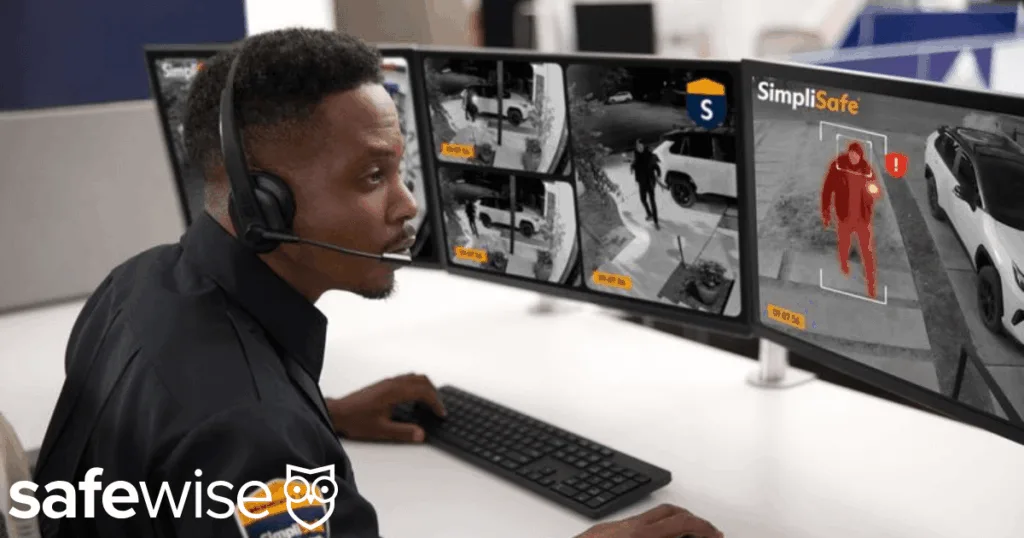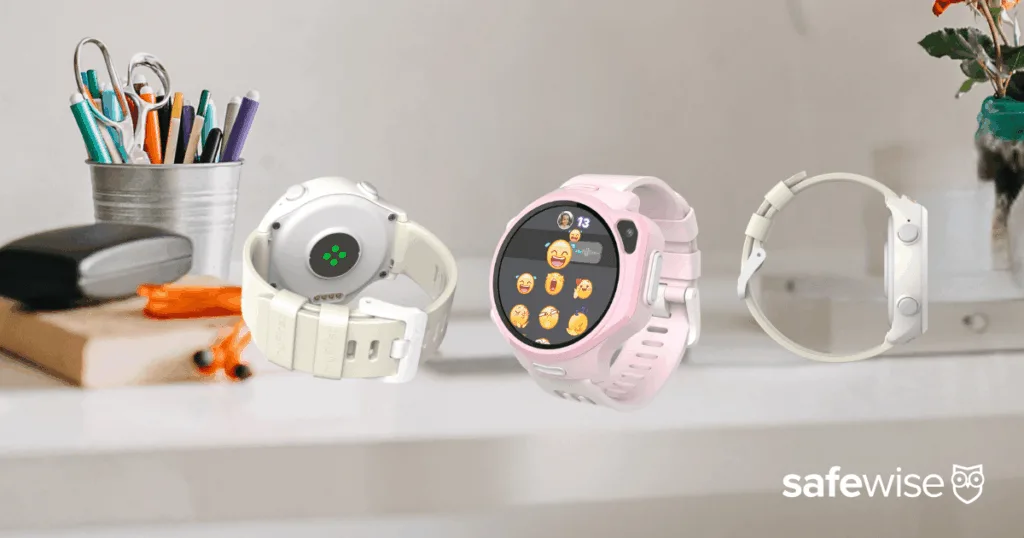Life Alert vs. Bay Alarm Medical differences
Bay Alarm Medical boasts more customer-friendly policies and a greater variety of safety features compared to Life Alert.
Even if you think you don’t need fall detection, spouse coverage, or a caregiver app right now, consider whether you might need them in the future. If you choose Life Alert, there’s no way to add those services—Life Alert simply doesn’t offer them, and it’s tough to cancel your Life Alert contract early.
On the other hand, it’s easy to add or remove services from your Bay Alarm Medical package or to cancel the service altogether.
| Life Alert | Bay Alarm Medical |
|---|
|
 No fall detection No fall detection |
 Fall detection Fall detection |
|---|
|
 No caregiver app No caregiver app |
 Caregiver app Caregiver app |
|---|
|
 No trial period No trial period |
 30-day trial period 30-day trial period |
|---|
|
 Discounted spouse coverage Discounted spouse coverage |
 Free spouse coverage Free spouse coverage |
|---|
|
 3-year contract 3-year contract |
 Month-to-month Month-to-month |
|---|
Best price: Bay Alarm Medical
No matter how you slice it, Bay Alarm Medical is more affordable than Life Alert.
Bay Alarm Medical’s monitoring fees start at $24.99/month, whereas Life Alert’s start at $49.95/month for the same type of equipment. Yes, you read that right—Life Alert costs twice as much as Bay Alarm Medical.
That said, you can still rack up quite a monthly bill with Bay Alarm Medical, but you’ll get way more equipment in return. We went hog-wild on the Bay Alarm Medical Website and added this to our cart for a total of $84.90 a month:
- In-home cellular system
- SOS Smartwatch
- 4 wall buttons
- 2 fall detection pendants
- Extra help button for a spouse
- 4 stylish pendant covers
- Lock box
- Vial of Life
- Extended warranty
Let’s compare that to what you get from Life Alert for $89.95 a month:
- In-home cellular system
- Mobile system
- 1 shower button
Your money stretches much further with Bay Alarm Medical.
Life Alert and Bay Alarm Medical both charge one-time fees. Bay Alarm Medical sticks to equipment and shipping fees, whereas Life Alert charges equipment, shipping, and activation fees.
Life Alert charges around $200 to $300 in one-time activation and equipment fees, but the price increases with every piece of equipment you add to the package.
Bay Alarm Medical doesn’t charge any equipment fees for its in-home systems. Fall detection pendants cost $30 upfront and mobile systems cost up to $200. Optional accessories—like Bella Charms, extra pendants, and a Vial of Life form—also increase the price of a Bay Alarm Medical package.
As with the monthly charges, you get more for your money when you pay Bay Alarm Medical’s upfront fees.
Best battery life: Life Alert
Although we strongly suggest our readers consider alternatives to Life Alert due to its exorbitant price, we have to admit this medical alert company does a couple of things right.
First up: battery life. Life Alert claims its “batteries never need charging.” That’s possible because Life Alert’s equipment doesn’t include battery-draining features like fall detection or caregiver GPS tracking.
Expect up to 72 hours of backup battery life from the Life Alert base station and up to 10 years of battery life from the pendant battery. In contrast, Bay Alarm Medical’s base station lasts up to 32 hours on a backup battery, and its pendant buttons should be replaced every 5 years or so.
Plus, Life Alert monitors the button battery life from afar and sends you a new pendant when the battery starts to fade. Bay Alarm Medical offers the same service, but only to customers who pay for the extended warranty.
Learn more about our recommended medical alerts with the best battery life.
Best wall button: Life Alert
The second thing we like about Life Alert is its wall button. It includes a built-in speaker and microphone so you can talk to the monitoring center without having to shout at a base station in the other room.
In contrast, Bay Alarm Medical’s button triggers a call on the base station, and you might not be able to communicate your needs if you’re too far away for the monitor to hear you.
Still not a good reason to choose Life Alert
Life Alert charges an extra $20/month just for one wall button. You don’t have to spend that much.
If you want a two-way-talk button at an affordable price, we highly recommend GetSafe—which happens to be monitored by the same folks as Bay Alarm Medical since the two brands are owned by the same parent company.
Learn more about the differences between Bay Alarm Medical and GetSafe.









